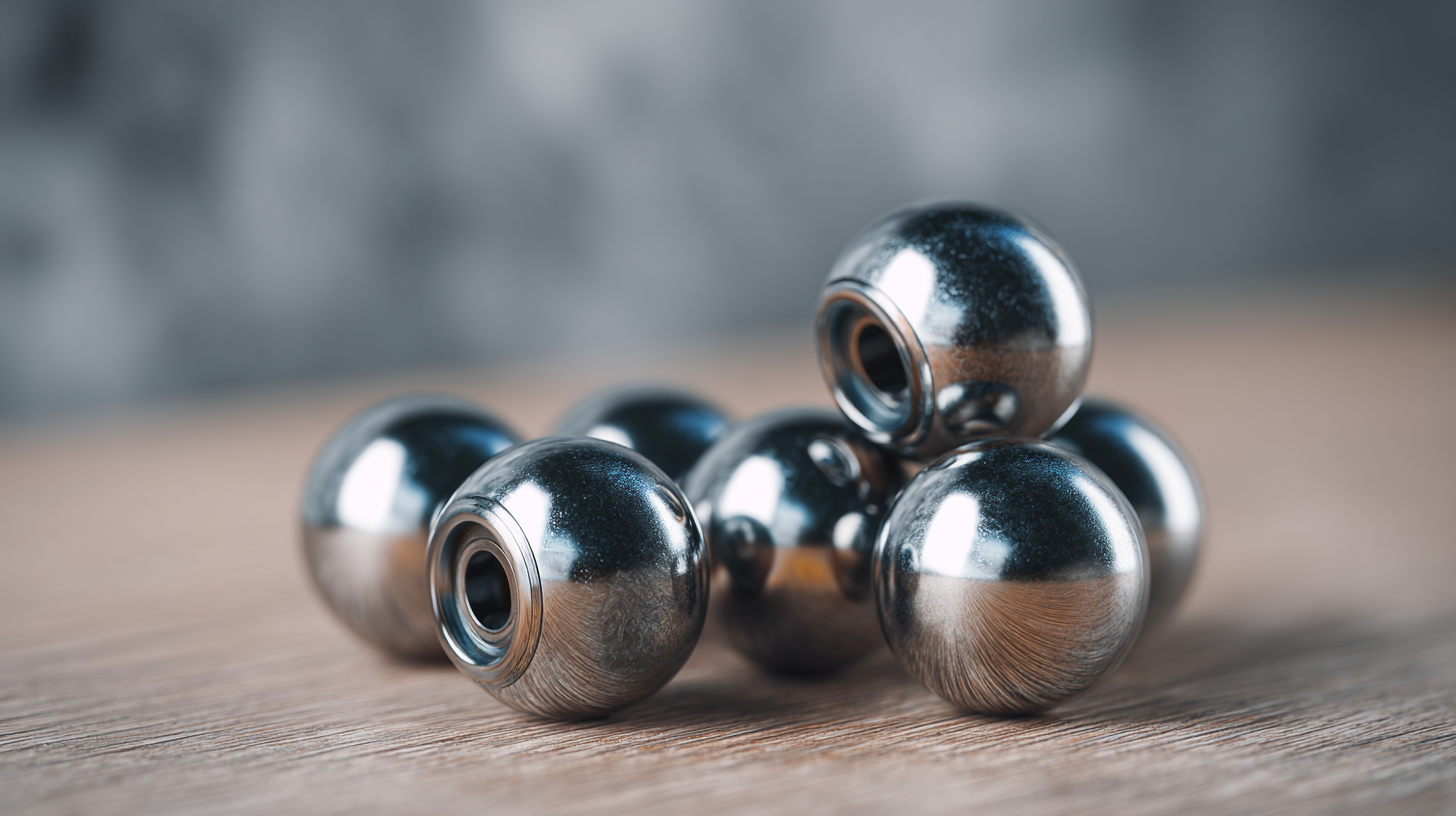 When embarking on DIY projects, selecting the right components is crucial to ensure both performance and durability. Among these components, "8mm ball bearings" play a pivotal role in enhancing the efficiency and longevity of mechanical assemblies. According to a recent report by the Industry Bearing Association, the demand for ball bearings has surged by 14% over the last year, driven by an increase in DIY enthusiasts and small-scale manufacturing. This growing trend highlights the importance of making informed choices when it comes to sourcing high-quality 8mm ball bearings.
When embarking on DIY projects, selecting the right components is crucial to ensure both performance and durability. Among these components, "8mm ball bearings" play a pivotal role in enhancing the efficiency and longevity of mechanical assemblies. According to a recent report by the Industry Bearing Association, the demand for ball bearings has surged by 14% over the last year, driven by an increase in DIY enthusiasts and small-scale manufacturing. This growing trend highlights the importance of making informed choices when it comes to sourcing high-quality 8mm ball bearings.
Industry experts emphasize the significance of these bearings in reducing friction and wear, which in turn increases the lifespan of the equipment they are utilized in. Dr. Emily Thompson, a renowned authority in bearing technology, states, "Choosing the right type of ball bearing is essential; for 8mm ball bearings, precision and durability are paramount factors that can greatly impact the outcome of any project." As we delve into this ultimate guide, we will explore the top ten considerations to help you find the best 8mm ball bearings for your specific DIY needs, ensuring that your projects not only meet expectations but exceed them in performance and reliability.
When selecting 8mm ball bearings for your DIY projects, it's vital to understand their specifications and standards in relation to materials and functionality. Common materials used in 8mm ball bearings include silicon, aluminum oxide, and zirconia, each offering unique properties.
 Silicon bearings are known for their low friction and high lubricity, making them ideal for applications that require smooth rotations. Aluminum oxide provides excellent hardness and wear resistance, which is beneficial in high-load environments. Zirconia, on the other hand, is renowned for its strength and corrosion resistance, making it suitable for demanding applications.
Silicon bearings are known for their low friction and high lubricity, making them ideal for applications that require smooth rotations. Aluminum oxide provides excellent hardness and wear resistance, which is beneficial in high-load environments. Zirconia, on the other hand, is renowned for its strength and corrosion resistance, making it suitable for demanding applications.
The functionality of these ball bearings can be categorized into inert and active types. Inert bearings are typically used in applications where minimal maintenance and stability are crucial, such as in conveyors and simple machinery. Active bearings, however, are designed for dynamic applications that require responsiveness, such as in motors and valves. Depending on the intended use—whether for bearings, grinding, or valve mechanisms—choosing the right material and understanding each bearing's functional characteristics will greatly enhance the performance and longevity of your DIY projects.
When selecting the best 8mm ball bearings for your DIY projects, several key factors must be taken into consideration to ensure maximum performance. First and foremost, the load capacity of the bearings plays a crucial role, especially if your project involves high-stress applications. The materials used in the construction—such as stainless steel or ceramic—can also impact durability, corrosion resistance, and overall lifespan. Additionally, the precision rating and tolerances are essential for ensuring smooth operation and minimizing friction, making it vital to choose bearings that meet your specific standards.
Another important aspect to consider is the type of lubrication the bearings require. Some designs may come pre-lubricated, while others might necessitate regular maintenance. Understanding the working environment of your DIY project, whether it involves dust, moisture, or varying temperatures, can guide you in selecting the appropriate lubricant. Furthermore, compatibility with your existing components is a must; double-checking specifications will save you from potential rework.
Ultimately, investing time in evaluating these factors will lead to a more successful and efficient project outcome.
When selecting 8mm ball bearings for DIY projects, the choice of material is crucial. Steel ball bearings are widely used due to their strength and durability. They offer excellent performance in various applications, such as in bicycles, skateboards, and machinery. However, they are susceptible to corrosion, which can be a disadvantage in humid or wet environments. Regular maintenance and lubrication are essential to maximize their lifespan and efficiency.
On the other hand, ceramic ball bearings present a compelling alternative. They are known for their lightweight nature and resistance to corrosion, making them ideal for applications involving moisture or chemical exposure. Their ability to withstand higher temperatures also makes them suitable for high-performance setups, such as in electric motors or racing vehicles. While ceramic bearings may come at a higher price point, their longevity and reduced maintenance needs often provide better value in the long run. Ultimately, the decision between steel and ceramic ball bearings will largely depend on the specific requirements of your project and the operational environment.
This chart compares steel and ceramic 8mm ball bearings across different metrics relevant for DIY projects. Each metric is rated on a scale from 1 to 10, providing a quick overview of their relative strengths and weaknesses.
Proper maintenance of 8mm ball bearings is essential for ensuring their longevity and optimal performance in DIY applications. Regular cleaning is crucial, as dirt and debris can accumulate over time, leading to reduced efficiency and wear. To clean your bearings, disassemble them carefully and use a degreaser or solvent to remove any grime. A soft brush can help reach into the inner components, ensuring that all residues are adequately cleared away. After cleaning, it’s important to dry the bearings thoroughly to prevent rusting.
Another vital aspect of maintaining ball bearings is lubrication. Applying the right type of lubricant can significantly enhance their performance and lifespan. Depending on the specific application, greases or oils can be used. Always follow the manufacturer’s recommendations for lubrication frequency and quantity, as over-lubrication can attract dirt while under-lubrication can lead to friction and overheating. Additionally, periodically inspecting the bearings for signs of wear or damage will help you address any issues before they become more severe, ensuring that your DIY projects continue to run smoothly.
When selecting 8mm ball bearings for your DIY projects, understanding load ratings is crucial for ensuring reliable performance and safety. Load ratings indicate the maximum weight that a bearing can support without deformation or failure. For DIY applications, it is essential to match the load rating of the bearings with the demands of your project. Consider the weight of the components involved and the dynamic loads that will be experienced during operation. For instance, if you are building a roller system, you must calculate the total weight of the system to choose bearings that can handle those loads comfortably.
In addition to load ratings, speed limits are another vital aspect to consider when choosing 8mm ball bearings. Each bearing has a specified maximum rotational speed, beyond which the risk of overheating and premature wear increases significantly. When sourcing bearings for high-speed applications, ensure that they're designed to withstand the required RPMs without compromising performance. Always refer to manufacturer specifications to obtain accurate speed limits and choose bearings that not only meet but exceed the operational conditions of your project. Taking both load ratings and speed limits into account ensures that you select the right ball bearings for optimal functionality and safety in your DIY endeavors.

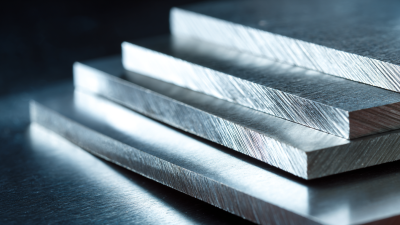
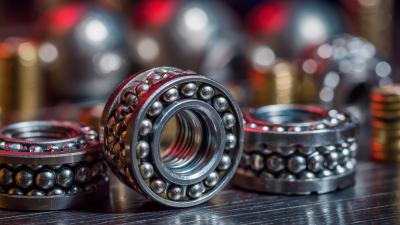
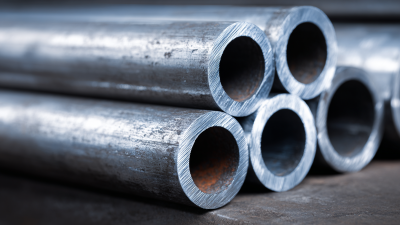
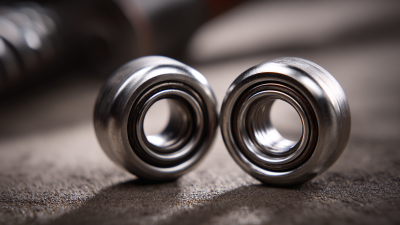


To learn more about any of the products and services provided by Abbott Ball Company, Inc., simply complete the form below.